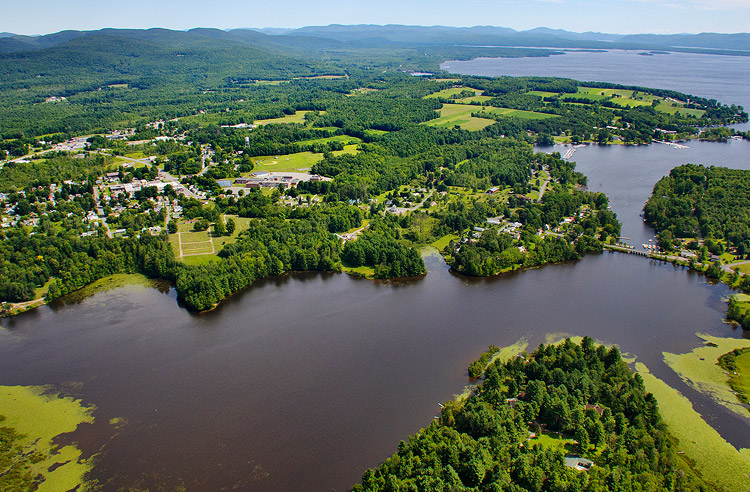Who We Are
Who We Are
The Adirondack Council is a not-for-profit environmental organization that is committed to protecting the natural environment of the Adirondack Park to preserve wild habitat in harmony with human communities for generations to come. The Council does not accept any government funding. We are supported by private donations from our generous members and donors.
How We Work
To protect the Adirondacks, the Council uses the best science, the law, and an understanding of political decision making to educate, inform, and motivate the public and those who make public policy. The Council is focused on using our knowledge of the political process, respect for diverse views, and fact-based advocacy to address the Adirondack Park’s 21st-century challenges and opportunities. We work with many partners, promoting diversity and finding common ground on complex issues when possible.
We invite all who care about the future of the Adirondacks to work cooperatively with us and keep the Adirondack Park forever wild, for everyone. Together, we carry on the legacy of early conservation leaders and ensure the Adirondack Park is known and protected as a national treasure.
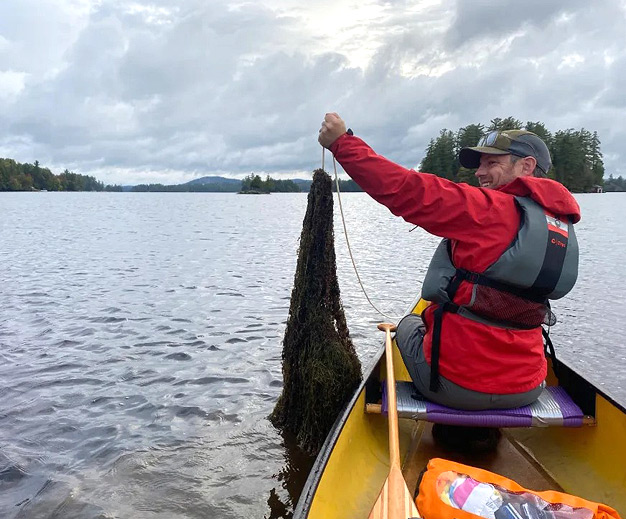
Our Mission
To ensure the ecological integrity and wild character of the Adirondack Park for current and future generations.
Our Vision
An Adirondack Park with clean air and water, large ‘forever wild’ wilderness areas, working forests and farms, and vibrant, safe, inclusive communities.
Our Organization
Advocates in all 50 states and the District of Columbia; 22 staff in addition to Clarence Petty Interns in two offices: Elizabethtown in the Adirondack Park, and in the state capital of Albany; Board of Directors.
Funding
Support is provided by generous private individuals and foundations – no government funding – who care about protecting all that is special about the Adirondacks.
Annual Budget$2.5 million
To achieve our vision for the Adirondack Park, we:
- sponsor and publish research;
- educate the public and policymakers;
- advocate for regulations, policies, and funding to benefit the Park’s environment and communities;
- monitor compliance, proposals, legislation, and policies impacting the Park; and,
- take legal action when necessary to uphold constitutional protections and agency policies established to protect the Adirondacks.

Wins & Accomplishments
With strong partner organizations, collaboration with elected/appointed government officials, and citizen participation, the Council successfully advocates for policies and funding that benefit the environment and communities of the Adirondack Park.
Our Values
Highest Ethical Standards and Integrity
The Council’s Board of Directors, staff, and other representatives shall adhere to the highest ethical standards, and in every aspect of our work seek to foster a culture of honesty and integrity. We honor the trust placed in us by our donors, members, colleagues, and the public. We are nonpartisan, relying on private, not public, funding.
Clean Water
Climate Impacts in the Adirondack Park
Clean water is the greatest ecological and economic resource of the Adirondack Park. Thousands of lakes and streams provide habitat, recreational opportunities and drinking water. The Council has worked for the past half century to advocate for funding and policies that protect the water quality of Adirondack lakes, rivers, and streams by:
- Advocating to fund research and clean water infrastructure projects
- Gaining approval for state-funded watershed protection via land purchases and conservation easements
- Working with partners and local and state officials to eliminate 90 percent of winter road salt use and maintain safe roads
- Fighting to decrease acid rain and mercury impacts by 90 percent
- Strengthening and funding effort to combat invasive aquatic species, including a comprehensive prelaunch boat-inspection program
- Expanding local septic system inspection and replacement-financing programs
- Working as a bridge between local and state officials to facilitate the awarding of more than $170 million in clean water project grants to Adirondack towns and villages that could not have afforded them without state assistance
Addressing aging water infrastructure is a complex and costly undertaking for small, rural communities and is critical to keep Adirondack waterbodies pristine. For the past eight years, the Council’s Clean Water program has documented these capital needs, worked with town leaders on their clean water wastewater treatment plant (WWTP) and sewer projects and advocated for state and federal grant funds.
The Council’s Clean Water Program partners with lake associations, local governments and nonprofits to build capacity, provide technical assistance, and advocate for state and federal funds to support lake associations.
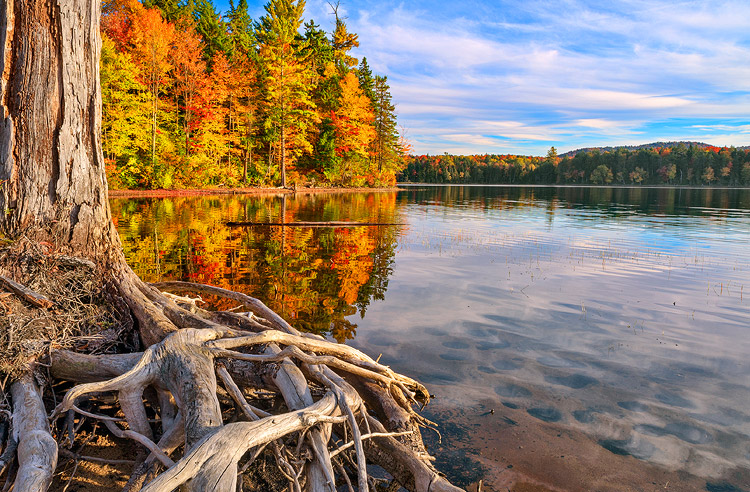
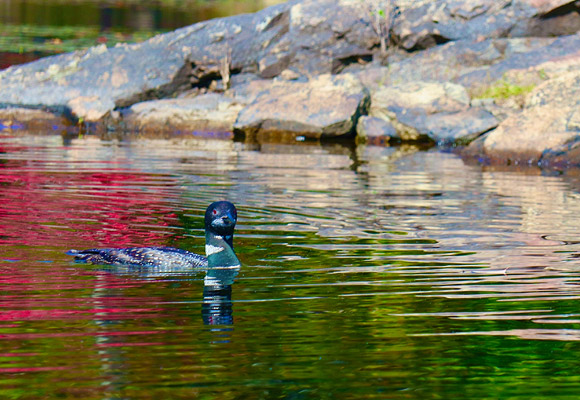

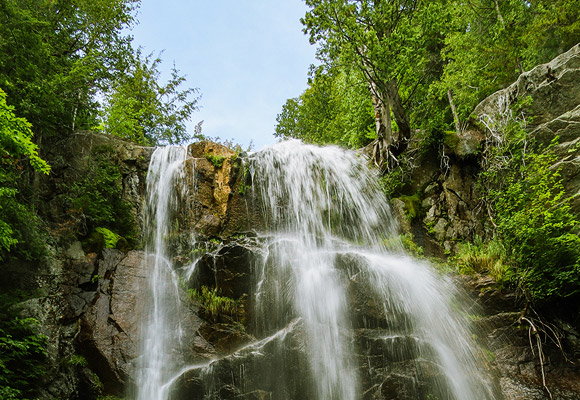
Wild Places
The Adirondack Council has worked with partners for 50 years to help protect lands and waters across the Adirondacks from development and to ensure state lands are managed in a way that prioritizes resource protection.
Before there was a New York State Open Space Conservation Plan, the Adirondack Council outlined a vision for protecting more wild places across the Park. The 2020 Vision series was the first long-range plan for protecting wild places and expanding the Adirondack Forest Preserve.
To date, 75 percent of the land identified in the 2020 Vision series has been protected, expanding the Forest Preserve and, along with it, the wild character and ecological integrity of the Park. The protection of the Whitney Estate property through public and private land conservation tools is seen as the last “major” land deal left in the Adirondacks.
Lasting wilderness protection doesn’t just preserve lands and waters, it maintains and enhances the integrity of natural systems, provides habitat for plants and animals, and bolsters the processes that provide us clean air and water. Key to this is the ongoing implementation of best management practices by the state agencies charged with protecting wild places. The Council’s work to protect wilderness goes beyond acquisition and includes holding decisionmakers at the New York State Department of Environmental Conservation and Adirondack Park Agency accountable for implementing science-based management practices in protected wilderness areas.
The Council also works to halt harmful potential changes to the New York State Constitution before they could gain political traction or get the Legislature’s preliminary approval. The Council’s role as watchdog of the “Forever Wild” clause of the New York Constitution (Article 14, Section 1) has required that the organization review, assess, critique, and raise awareness of more than 100 attempts to alter, undermine, and repeal the Constitution’s ironclad protections for the Adirondack Forest Preserve.
If not for the Council’s efforts and the coalitions of allies it has rallied to provide statewide support, the Forest Preserve would have been subjected to severe consequences. Proposals would have allowed commercial leases, “salvage” logging, rental cabin construction, and a host of intensive recreational uses not suitable in wild landscapes.
Farms & Forests/Communities
Well-stewarded forests and farms are not just beautiful landscapes, these privately owned working lands play an important role in the history of the region, the ecological health of the Park, and the vibrancy of its rural communities. Farms and forests also contribute significantly to the open space character of the Park.
The Adirondack Council works to promote sustainable practices on working forests and farms, helping to preserve large tracts of privately held land.
To support private land stewardship, the Council works with partners to:
- Advance the goals of the Essex Farm Institute as a program of the Adirondack Council.
- Advance the goals of the Essex Farm Institute as a program of the Adirondack Council.
- Provide micro-grants for farmers and value-added business owners to enhance the economic, human and environmental resiliency of Adirondack farms.
- Increase the acres of private Adirondack forest land where sustainable forestry standards or best management practices are followed.
- Conserve working forests and working farmland through support for conservation easements and other programs.
- Retain at least 5,000 acres of working farmland in the Champlain Valley and the greater Adirondack region.
